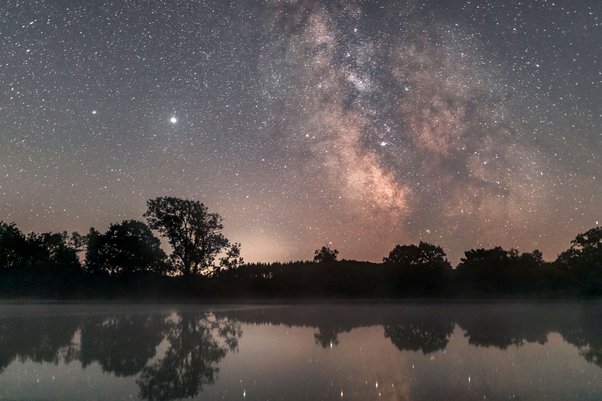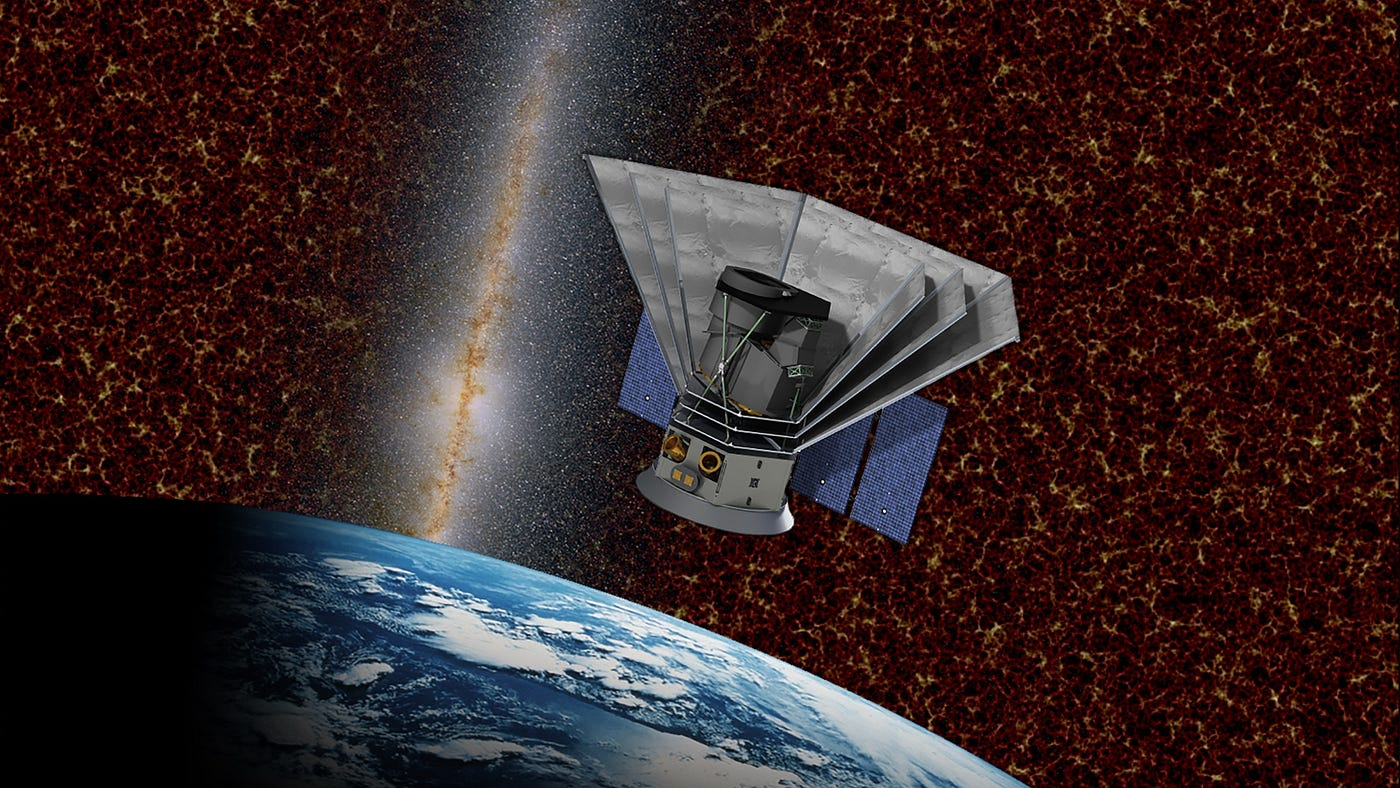zoomacademia.com – The concept of the Milky Way galaxy exploding might sound like the plot of a science fiction movie, but it raises an interesting question about the potential fates of galaxies and the dynamic processes that occur within them. To address whether the Milky Way can explode, we must first understand what constitutes an “explosion” in the cosmic sense.
What is a Galactic Explosion?
In astrophysical terms, an “explosion” often refers to cataclysmic events such as supernovae, gamma-ray bursts, or even galactic collisions. However, a galaxy as a whole does not explode in the traditional sense, as it is a vast collection of stars, gas, dust, dark matter, and other celestial objects bound together by gravity. While individual events within a galaxy can release tremendous amounts of energy, these do not cause the entire galaxy to explode.
Could the Milky Way Experience Cataclysmic Events?
Though the Milky Way itself cannot explode, there are several scenarios in which parts of the galaxy could experience massive energetic phenomena:
- Supernovae: The Milky Way is home to billions of stars, some of which are nearing the end of their life cycles. When a massive star runs out of fuel, it can explode as a supernova, releasing immense energy. While supernovae are localized events, they can impact nearby regions, potentially sterilizing planets within a few light-years. However, these events are far too small in scale to disrupt the galaxy as a whole.
- Galactic Core Activity: At the center of the Milky Way lies Sagittarius A*, a supermassive black hole. Occasionally, supermassive black holes can become active if they consume significant amounts of matter. This activity can produce powerful jets of energy, but these jets, while dramatic, would not result in the galaxy’s destruction.
- Collisions with Other Galaxies: In approximately 4.5 billion years, the Milky Way is expected to collide with the Andromeda galaxy. This event will not result in a traditional explosion but will trigger a period of intense star formation and gravitational interactions. The collision could rearrange the structure of both galaxies, forming a new, larger galaxy often referred to as “Milkomeda.”
- Gamma-Ray Bursts: A gamma-ray burst (GRB) is one of the most powerful explosions in the universe, often associated with the collapse of massive stars or the merger of neutron stars. If a GRB occurred close to the Milky Way, it could have devastating effects on nearby star systems, including Earth. However, GRBs are rare and unlikely to originate within the galaxy itself.
Could Earth Be Affected?
While the Milky Way is not at risk of exploding, individual cosmic events within the galaxy could potentially affect Earth. For instance:
- A nearby supernova could expose Earth to harmful radiation.
- Galactic core activity could increase the amount of cosmic rays reaching the Solar System.
- A collision with Andromeda may disrupt the Solar System’s position within the galaxy, though this is billions of years away and unlikely to directly harm life on Earth.
Conclusion
The Milky Way galaxy is an incredibly stable and enduring structure. While it is subject to dynamic processes and occasional violent events, the idea of the entire galaxy exploding is not scientifically plausible. Instead, the Milky Way will continue its cosmic dance, evolving over billions of years through collisions, star formation, and the gradual processes of cosmic change. For humanity, the challenges posed by the galaxy are less about explosions and more about understanding and adapting to the vast, awe-inspiring forces at play in the universe.







